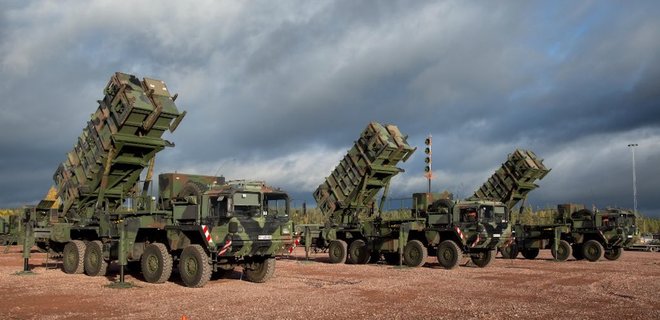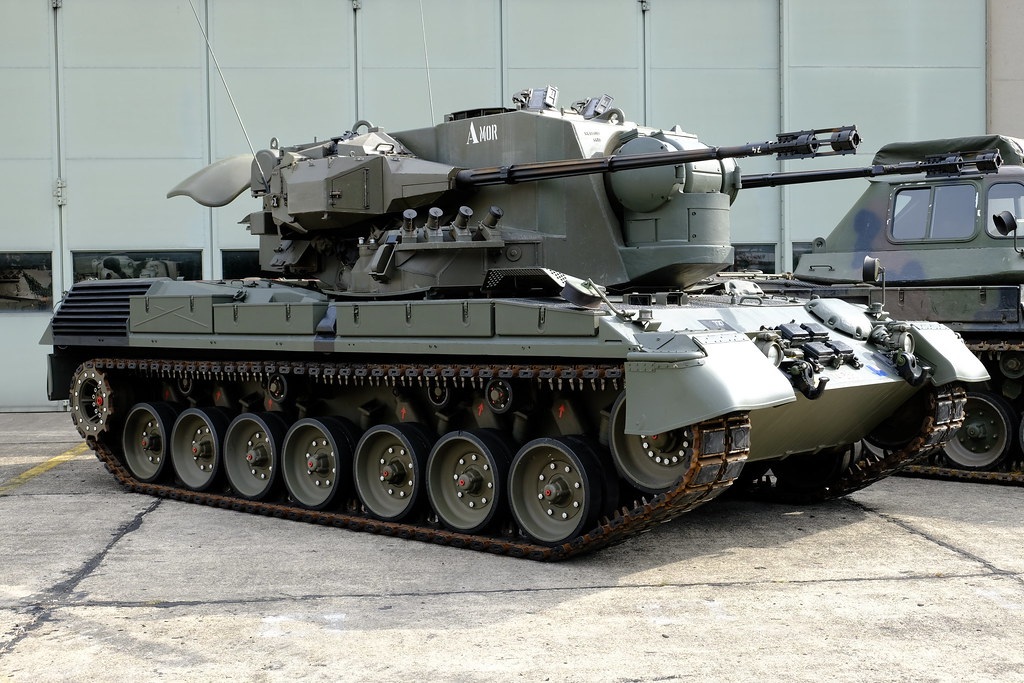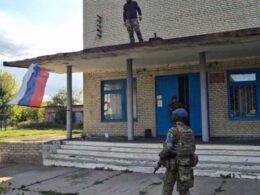Shahed-136 drones Russia uses to strike Ukrainian cities are powered by an engine based on German tecnology that Iran stole 20 years ago
Iran’s powerful weapons industry based on Western technology is being used by Russia against Ukrainian cities, according to new research by Conflict Armament Research (CAR), a UK-based organisation investigating weapons’ components, CNN reports.
CAR found that Shahed-136 drones sold to Russia by Iran were powered by a German technology-based engine that Iran had acquired illicitly 20 years ago.
CAR was able to confirm that the motor in the Shahed-136 was reverse-engineered by an Iranian company called Oje Parvaz Mado Nafar, known as Mado, based in the town of Shokuhieh in Qom province. Mado’s markings were found on spark plug caps in the drone’s engines, as well as serial number sequences used by Mado.
Mado’s rise goes back to 2006, when Iran covertly obtained drone engines manufactured by the German firm Limbach Flugmotoren. Subsequently, in 2009, an Iranian engineer named Yousef Aboutalebi declared that his company had developed a UAV engine. This company would become Mado.
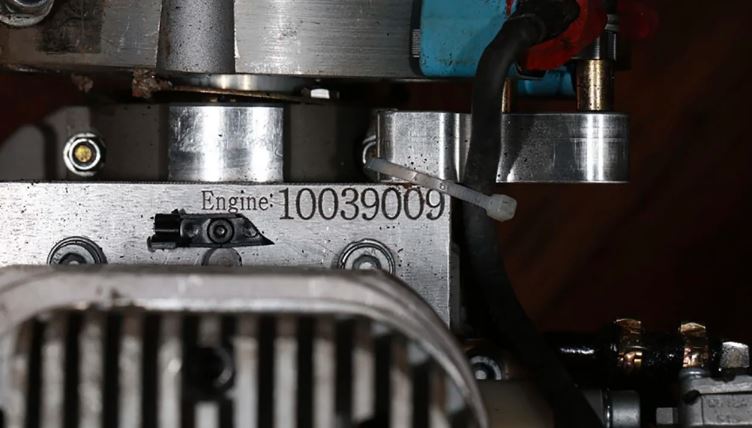
Mado plays a crucial role in Iran’s drone industry, according to Western governments and the United Nations. The same serial number pattern was noted by UN investigators examining drone attacks on Saudi Arabia allegedly carried out by Iran’s Houthi allies in Yemen – as well as missile attacks last year against Abu Dhabi, one of the United Arab Emirates.
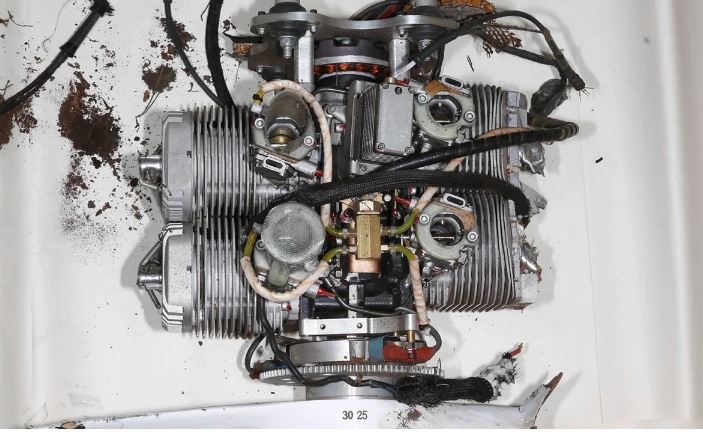
The drones that have been sold to Russia by Iran are a cheaper substitute for much more costly missiles, which is one reason why Russia has ordered around 1,700 Iranian drones of different types. According to Ukrainian officials, Russia has recently received a new shipment of Iranian drones, allowing it to intensify its attacks on Ukraine.
Ukraine has proved adept at taking down the Shahed-136 drones, but that depletes its already scarce anti-aircraft defenses. Despite a relatively low explosive charge, an accurate strike by a Shahed-136 can still cause extensive damage.
According to CAR researchers, Iran’s UAV systems are constantly being refined and modernized and “have proven to be increasingly accurate in terms of their targeting and guidance systems as well as the counter-jamming capabilities.” The fact that Iran has acquired Western components and technologies for its UAV program by taking advantage of the lack of supply chain visibility has been identified as a critical technique in improving export control and sanction mechanisms, as pointed out by Taimur Khan, Gulf analyst at CAR.
Furthermore, Western officials are also concerned that Russia may share Western-made weapons and equipment recovered on the Ukrainian battlefield with the Iranians. So far, there’s no firm evidence that has happened. Relations between Tehran and Moscow have grown much closer, with Russia wanting Iranian drones and ballistic missiles, and Iran wanting Russian investment and trade. In fact, Russia has become the largest foreign investor in Iran over the past year, according to Iranian officials, CNN writes.
The drone sales have deepened Iran’s relations with Russia, which were already strengthening as the two countries were increasingly locked out of international commerce and the financial system, according to CNN. The revenues from the sale of hundreds of Shahed-136 drones to Russia will likely be reinvested in further improving the industry. There is also the possibility that Russia will leverage its cooperation with Iran to develop its own military drone capabilities.
Other Western components used by Iran for its drone program
Investigations have revealed that Iran’s Shahed drones used by Russia in its war against Ukraine contain components manufactured by Western companies, including those from the United States, China, Germany, and Japan. Specifically, at least 30 components from Western companies were found in the Iranian-made Shahed-136 one-way attack drones, while the Shahed-131 kamikaze drones were found to contain processors manufactured by the American company Texas Instruments.
The use of components from Western companies in Iranian-made drones has raised concerns about potential violations of sanctions against Iran. Ukraine has also discovered components from at least 13 US companies in a single Iranian drone.
Related:
- More than 30 Western components found in Iranian-made Shahed-136 UAVs – investigation
- Iranian Shahed-131 drones have US-made components
- Ukraine finds components from at least 13 US companies in a single Iranian drone
- Ukrainian analysis identifies Western supply chain behind Iran’s Mohajer-6, Shahed-136 drones – WSJ




